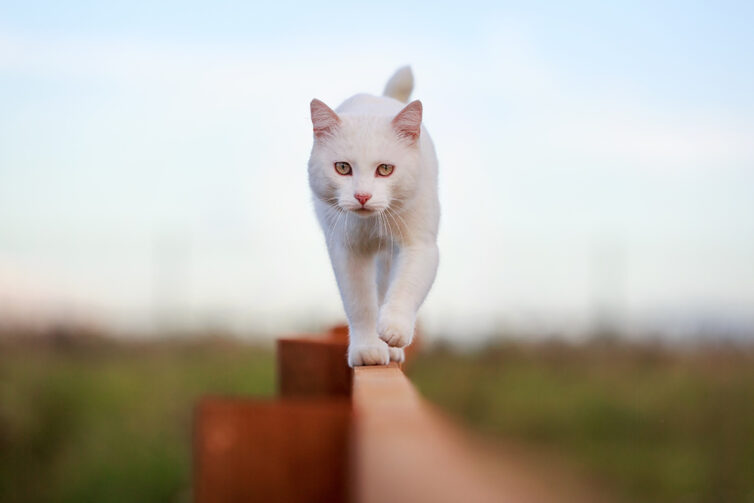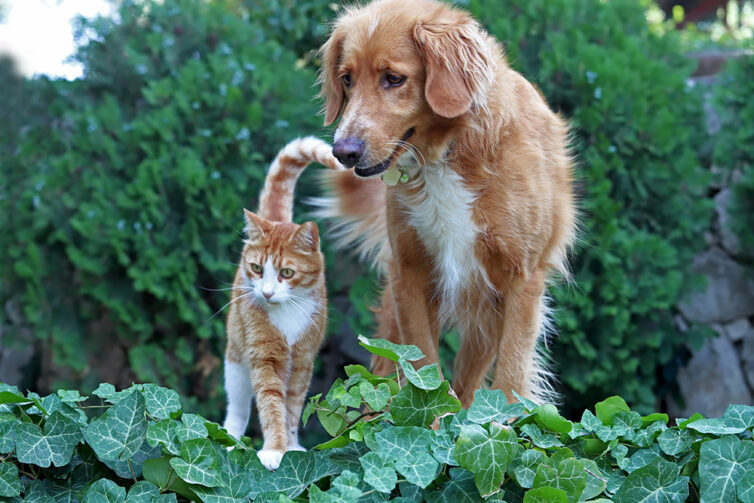The pets in question today are cats and dogs because these are the top two animals, that are much-loved in the UK.
And, they’re the two that spend the most time outdoors and tend to have a wandering eye for the world outside your garden. Without pet-proofing it, you could face a pet owners worst nightmare: a lost friend.
Below, we will look at the easy ways to secure your garden – so you never have to experience the unimaginable pain of a pet going missing.
Secure The Borders
Cats and dogs tend to find the smallest of spaces to squeeze between to make their great escape. Fear not – it’s easy to secure the borders of your garden by first removing any unnecessary soil and putting a tall fence around the perimeter of your garden. Make sure it beds into the ground, so there are no gaps. Any remaining soil is an area your four-pawed friend can dig through to the other side.
Create Enclosures
Enclosures are a great way of giving yourself peace of mind without restricting the use of the garden too much. It’s an idea that works best for cats – a secure fence is usually enough to keep dogs at bay.

Cat enclosers represent the ultimate – big enough to keep your cats happy, but small enough so that they don’t take up too much space. If you wish to do the same for your dog, you may want to create a pen using smaller fencing that gives them free roam of a designated area you know they’ll be safe in.
Remove Harmful Plants and Bulbs
Before you let your pet out into your garden, you should check if there’s any harmful plants or bulbs that might be poisonous. Check out this link for a huge list of dangerous plants and bulbs for cats and dogs, research is a must when keeping our furry friends safe. There are plenty of plants and bulbs you can put in your garden that won’t cause any harm. If you do realise that your cat or dog has ingested a plant or bulb that they shouldn’t have – an immeddiate trip to the vets is a must.
Cover Pools And Ponds
Covering pools and ponds might sound like an obvious one, but there have been many cases of puppies and cats falling into pools and ponds and finding themselves in hot water. Pool and pond covers are relatively cheap to buy and can be removed when you know your furry friend isn’t outside. If they are outside and the pool or pond is uncovered – they should be supervised at all times, especially baby pets.
The other option would be to place a fence all the way around. This way your pets are unable to go anywhere near the swimming pool or pond. Also make sure the swimming pool has steps rather than a ladder, so worse case scenario, pets can escape should they fall in. Wildlife will benefit from this too, especially in ponds. A few stones placed carefully into the pond, or a wooden ramp can make a huge difference.
Pet-proofing your garden is an easy job that you only really need to do once. Once your garden is safe, it’s typically going to stay that way unless fencing becomes damaged – for example. For the first few weeks or even months, supervise your four-pawed companion in the garden to ensure they’re safe and sound.
